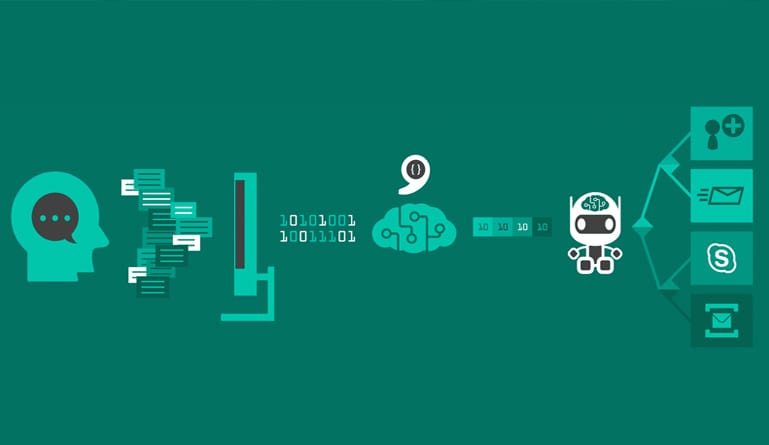While natural language processing isn’t a new technology, it has developed significantly in recent years and has integrated very well into our daily lives. Today, we find this technology in our mobile devices, automated customer services, search engines and other similar systems. This system helps technologies and computers interact with users to create a more seamless process. Through natural language processing, the future holds a lot of potential to how humans and computers grow together.
Natural language processing, or NLP, is a field of computer science and artificial intelligence that focuses on the interaction between computers and humans, specifically on how computers process, manipulate and interpret the human language. This concept was first proposed in the 1950s by Alan Turing in his famous “Computing Machinery and Intelligence” article, which presented the idea of the Turing test. The way NLP works is it must take natural languages or the human language and convert into artificial language also known as the computer language.
Artificial language is essentially computer programming languages such as SQL, C++, Python, and Java. Many systems today use Hidden Markov Models or HMMs, which are statistic models that translate your speech into text by making mathematical calculations. Once the information is in text form, NLP will then try to process it to understand the meaning of the text. NLP systems would break down what you’ve said into small units and compare them to its database to see what you’ve most likely said. It would then use statistics again to try to fully understand the meaning of your sentence and process it. Natural language processing is very complex and has a lot of potential to grow as the technology develops. Today, we leverage the technology in various ways. Here are some of the applications of natural language processing in the business world.
Spam Filters
One of the most interesting ways that natural language processing is used is for spam filtering. Volumes of emails are sent back and forth every day in the world, some of which may not be useful and potentially harmful. Today, email services leverage natural language processing to filter out these spam emails from your inbox if they deem that it can be potentially harmful. Through NLP, email services use a statistical technique to quickly scan emails to find potentially harmful words and filter them out of your email.
Search Engines
Voice search has become one of the most talked about marketing trends in recent years. With the rise of AIs such as Siri and Alexa, companies have been leveraging voice search technology to gather data and provide answers to users. For example, Siri can now take voice commands if spoken clearly to and Alexa can offer you recommendations on items based on your previous voice requests. Though the technology is not yet perfect, it is one of the primary applications for NLP.
Caption Generation
Have you ever watched a video on YouTube but had a hard time understanding what the people were saying? Today, you can use YouTube’s closed caption feature to create captions to transcribe videos. This feature leverages natural language processing to give you a better experience with your videos.
Advertising Brand Lift Studies
In the world of advertising, it’s very important to understand your audience’s sentiment towards your product or brand. One of the ways advertisers learn this is through brand lift studies. These studies are generally done through surveys but it is also possible to use natural language processing techniques in social media to understand what people are saying online. This can be very important for advertisers to understand if they’re reaching their audience or not.





